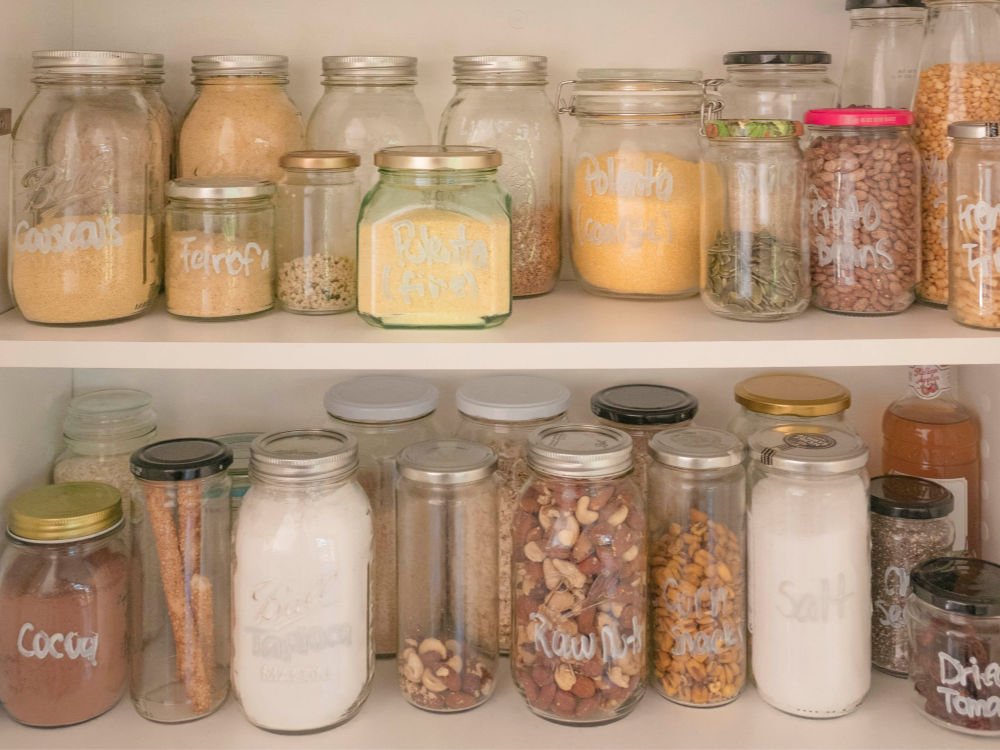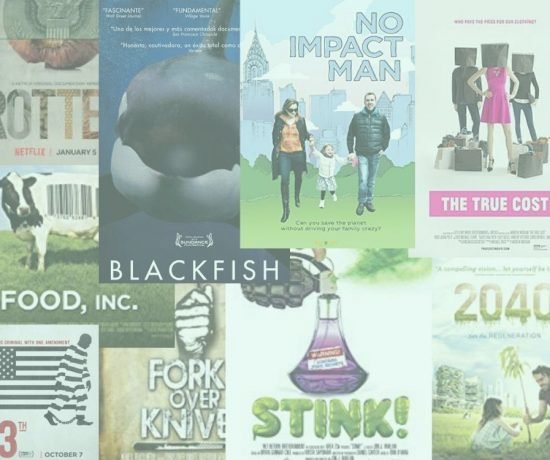Having the opportunity to create our home all over again gave us a lot of inspiration and focus. My partner and I wanted something minimalistic but also functional that would provide us with tools to help us create a zero waste home. We got really lucky with a few things but we are also still learning.
As I moved fairly frequently in the past 11 years (since moving to Australia), I will also share some tips on how to reduce your waste when moving homes and settling down.
How to Create a Zero Waste Home
First off, I’ll share some ‘moving tips’, then I’ll get down to the daily nitty gritty of maintaining your home zero waste. Once again, I’ll reinforce that being zero waste is not about an ‘all or nothing’ attitude. It’s about small steps we can take to reduce our impact on the environment and to reduce our strain in the resources we are over using. Every little bit helps!
‘Zero Waste’ Moving
Moving sucks and it’s usually a waste of time, money and resources. We often use things specifically to help with this process, then we chuck them out with no regards. But we can do a little better. Here are some tips:
1. Reuse cardboard boxes
Instead of buying new cardboard boxes, get to your local supermarket, bottle shop or local business to ask for old cardboard boxes. Most of the business are happy to dispose of them and reusing them is better for the environment and your pocket.
2. Use paper instead of bubble wrap
Bubble wrap is simply plastic. It’ll end up in landfill and we usually use it once. If you can, save boxes and wrappings from your brand new purchased items to reuse with delicate items again in the future. We’ve used all the wrappers from our toilet paper to wrap our kitchen stuff and any other fragile items.

3. Buy second hand
When you are buying things for your new home, consider purchasing items second hand. It’s nice to buy new but most of the things come wrapped in a lot of plastic and paper. If you can work around it and buy from places like Gumtree or even Facebook Market now. It’s usually cheaper and you can still get pretty amazing things that you’d usually pay a lot of money for. Got this desk for my office, our fridge and washing machine and so much more!
As for everything that we use, must be sourced, processed and shipped to us, being able to reduce the amount of things we use will reduce the amount of resources used. If you can, please buy second hand at op shops, or Marketplace for example. If buying second hand isn’t an option, note the point below.

Zero Waste Living
Once you are settled in a new home, it’s time to organise your home to make it easy to create ‘zero waste’ systems. As I shared in previous posts, there are some easier places to start making changes. Like when you go shopping or on your bathroom. If you are interested, also have a look at my beginner’s Guide to Zero Waste!
However, there’s a lot more you can do to reduce your waste and create a safer (read toxicity free) home for you and your family. Here are some tips for general household that everyone can do:
1. Make your own cleaning products
Making your own cleaning products is one of the easiest things you can do to reduce your waste. First of all, if you don’t feel like making your own, you’ve got it: buy it in bulk! Another option is simply to make your own with staples you already have in your pantry, such as white vinegar and baking soda.

I’ve only use a ‘multi-use’ cleaner I’ve made with white vinegar, peppermint oil and some orange peels (for extra nice smell) and I use it for everything from countertops to glass and it works wonders as it disinfects and leaves a nice citrusy smell. For tougher stains and marks, baking soda is probably your best option, helping me clean stubborn burn stains in pots and pans or even as a softener!
2. Choose Reusables instead of Disposables
This seems like a no-brainer but we usually miss some simple daily basics…like wipes and paper towel. In our home, we don’t own any of that. You can get very creative solutions like ‘un-paper towels’ but simple cloth pieces will do the job. I keep mine separated by colours or I simply write what they are for in their label…this way I know which ones are for the floor and which are for the kitchen.

3. Start a Compost (yes, you can!)
If you live in a house, get started on making your own compost. It literally takes no time and you can buy a simple compost bin (like this one) and fill it up with your fruit and veggies scraps. Plus, this type of compost also accepts unbleached paper, hair, dust, wood and bamboo.

However, if you live in an apartment or restricted space, get yourself an indoor compost, such as a bokashi system and start composting now.
4. Make Simple Swaps
Living Zero Waste doesn’t mean you can’t own anything. It means that it’s important to know where your things come from and where will they go once you finish using them. Ideally, we would grow our own food and use all natural resources to support us in the ways we need.
But until that one becomes true, we can be a little more conscious of what we buy. Instead of buying plastic foam sponges to wash your dishes, buy a compostable one. Instead of buying plastic wrapped toilet paper, buy recycled or bamboo toilet paper that comes with an all recyclable packaging. Instead of buying paper towel, aluminium foil, baking paper and cling wrap, simply ditch it or buy the compostable options at Biome* or Free From Lifestyle! Search for companies who care for the environment and offer safe and environmentally friendly products.

For more info, read here and here.
5. Reduce, Reuse, Recycle
Recycling is something we should be all doing, after all, we’ve got that yellow bin just outside, right? Make sure to just add to your recycling bin, items that can be recycled. And remember, in Australia, you can recycle soft plastics (like bread packaging, shopping bags, produce bags and etc..) in most Coles around the country. So please make the effort to separate your plastics and take them to the designated bins when you go back shopping. Also, for more information on how you can recycle some odd bits and bobs, check out this post.

As much as recycling is important though, reducing our consumption is even better, so note the next point.
6. Buy better, Buy less
Buying new is always the least favourable option, but if that is the case, buy better. Instead of buying that cheap pair of shoes that you know only gonna last for one season, buy a better, responsibly sourced pair that will last longer and have less impact on the environment. Every choice matters.
7. When you know more…
If you want to do more, learn more. The more we know, the better we can do to help the environment and change our lifestyle choices. Start slowly but take steps to reduce your waste, buy less and be more environmentally conscious! If you want to read more, then download my Guide to Zero Waste and start making the change today!
What is your biggest challenge when it comes to living Zero Waste? Share your thoughts and questions in the comments.
Peace & Love,
![]()
Follow Eat Yourself Green on Instagram, Twitter & Facebook.
*If you shop through this link, I will get a small commission (at no extra cost to you). It’s my way of maintaining this blog and sharing the things I truly love.







No Comments